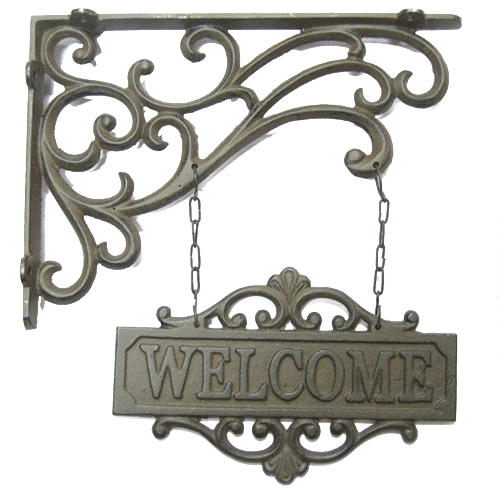Mobile:+86-311-808-126-83
Email:info@ydcastings.com
Understanding Die Casting and Its Applications in Modern Manufacturing
What is Die Casting?
Die casting is a manufacturing process that has gained considerable prominence in the production of complex metal parts with a high degree of precision. This technique is widely used in various industries, including automotive, aerospace, consumer goods, and electronics. Die casting provides a reliable means of producing components that meet stringent standards for durability, dimensional accuracy, and surface finish.
At its core, die casting involves forcing molten metal into a mold cavity under high pressure. The molds, which are typically made of steel or iron, are designed with intricate details to capture the exact shape of the final product. This process allows for the mass production of parts with tight tolerances, making it ideal for applications where consistency and quality are paramount.
Types of Die Casting
There are primarily two types of die casting processes hot chamber and cold chamber. In the hot chamber process, the furnace and the injection system are integrated, allowing molten metal to be injected directly into the die. This method is particularly suitable for metals with a low melting point, such as zinc and magnesium. On the other hand, the cold chamber process requires the metal to be melted in a separate furnace and then ladled into the injection chamber. This technique is commonly used for higher melting point metals like aluminum and copper.
Both methods have their applications, advantages, and limitations. The hot chamber process is faster and more efficient, but it is restricted to specific alloys. The cold chamber process, while slower, enables the use of a wider range of materials and is often preferred for high-performance applications.
Advantages of Die Casting
Die casting offers numerous benefits that make it a popular choice for manufacturing metal components. One of the primary advantages is the ability to produce parts with complex geometries that would be difficult or impossible to achieve through other manufacturing processes. The high-pressure injection of molten metal allows for precise detailing, resulting in products with smooth surfaces and fine features.
what is diecasting

Another significant advantage of die casting is the efficiency of the process. Once the molds are created, they can be used repeatedly to produce large volumes of parts with minimal waste. This high production rate leads to lower costs per unit, making die casting an economically viable option for mass production.
Additionally, die casting ensures excellent dimensional accuracy and consistency. Manufacturers can achieve tight tolerances, reducing the need for extensive machining or finishing operations after casting. This not only speeds up the production process but also minimizes material waste and overall costs.
Applications of Die Casting
Die casting is used in a vast array of applications across various industries. In the automotive industry, die-cast parts such as engine blocks, transmission cases, and chassis components are common due to their strength and lightweight properties. The aerospace sector also benefits from die casting for producing intricate parts that must adhere to strict safety and performance standards.
Consumer electronics rely on die casting for the creation of housings and frames that require both durability and aesthetic appeal. From smartphones to laptops, the die casting process contributes to the functionality and design of everyday devices. Furthermore, the appliance industry frequently utilizes die casts for components in items like washing machines and refrigerators, where both performance and reliability are essential.
Conclusion
In summary, die casting is a versatile and efficient manufacturing process that plays a critical role in producing high-quality metal components for a wide range of industries. With its ability to create complex shapes, reduce production costs, and maintain tight tolerances, die casting continues to be a preferred method for manufacturers seeking to innovate and improve the performance of their products. As technology evolves and new materials become available, the future of die casting looks promising, paving the way for even more advanced applications and solutions in the manufacturing world.
-
Why Should You Invest in Superior Pump Castings for Your Equipment?NewsJun.09,2025
-
Unlock Performance Potential with Stainless Impellers and Aluminum End CapsNewsJun.09,2025
-
Revolutionize Your Machinery with Superior Cast Iron and Aluminum ComponentsNewsJun.09,2025
-
Revolutionize Fluid Dynamics with Premium Pump ComponentsNewsJun.09,2025
-
Optimizing Industrial Systems with Essential Valve ComponentsNewsJun.09,2025
-
Elevate Grid Efficiency with High-Precision Power CastingsNewsJun.09,2025











